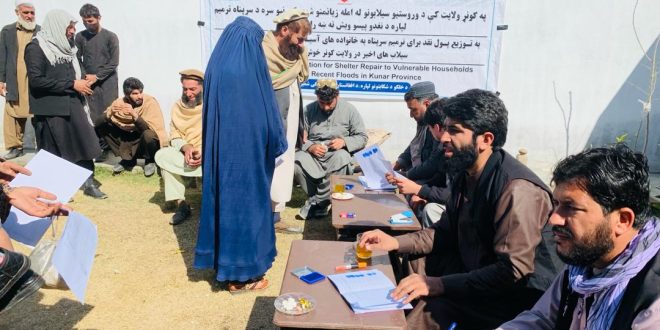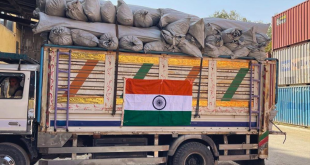KABUL – The United Nations Office for the Coordination of Humanitarian Affairs (OCHA) has sounded the alarm over Afghanistan’s deepening humanitarian emergency, projecting that 22.9 million people—nearly half the country’s population—will require lifesaving assistance in 2025. A critical food crisis looms, with 14.8 million Afghans in need of food and agricultural aid as acute food insecurity continues to worsen. Compounding the crisis are inadequate water, sanitation, and healthcare services, which have driven malnutrition rates to alarming levels.
According to OCHA, an estimated 3.5 million children under five and 1.1 million women will require urgent nutrition treatment in 2025. Afghanistan’s fragile economy, which has contracted by nearly one-third since the Taliban’s return to power in August 2021, remains a major driver of the crisis. Widespread unemployment, household debt, and poverty now afflict almost half the population, leaving families unable to afford basic necessities.
Natural disasters, including floods, droughts, and harsh winters, further exacerbate the country’s dire situation. A potential La Niña weather event in early 2025 is expected to worsen drought conditions in key agricultural regions, while flooding, which displaced over 173,000 people in 2024, is projected to intensify, devastating homes, farmland, and infrastructure.
The return of over 1.2 million undocumented Afghan migrants from Pakistan and Iran in 2024, with more deportations anticipated in 2025, has placed immense pressure on already strained local resources. Iran has announced plans to deport up to 2 million undocumented Afghans by March 2025, further compounding the crisis.
OCHA also highlighted the deteriorating rights situation under Taliban rule, particularly for women and girls. Policies such as the “morality law” enacted in August 2024 and the ban on girls’ secondary education have led to increased child labor, forced marriages, and other harmful coping mechanisms. Vulnerable groups, including ethnic minorities and people with disabilities, face heightened risks, with psychosocial distress affecting 57 percent of households.
Afghanistan remains one of the most explosive ordnance-contaminated countries in the world, with an average of 55 casualties per month, most of them children. Despite the overwhelming challenges, OCHA has outlined an ambitious humanitarian response plan for 2025, aiming to assist 16.8 million people with food aid, emergency shelter, healthcare, safe drinking water, and protection services.
The agency has appealed for $1.09 billion to fund these efforts, emphasizing the need for a comprehensive response to address both acute and chronic needs. “Afghanistan faces overlapping crises—economic, environmental, and humanitarian,” OCHA stated, urging swift international support to alleviate the suffering of millions.
 Afghanistan Times Latest News and Analysis from Afghanistan and the Region
Afghanistan Times Latest News and Analysis from Afghanistan and the Region



